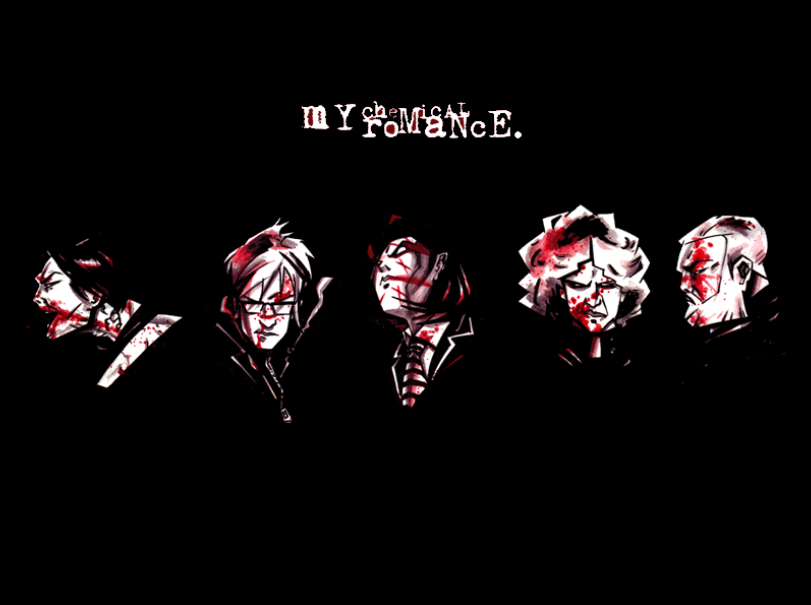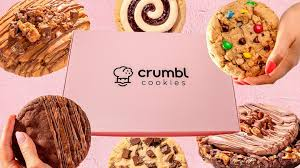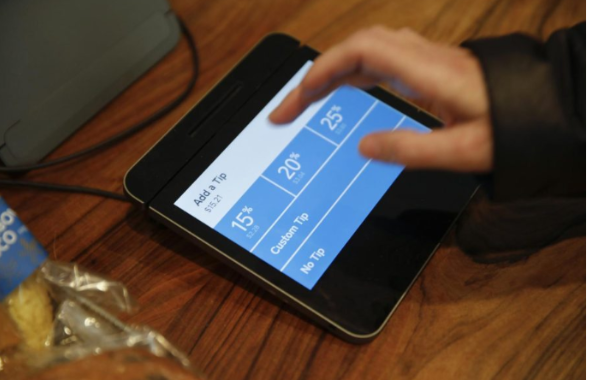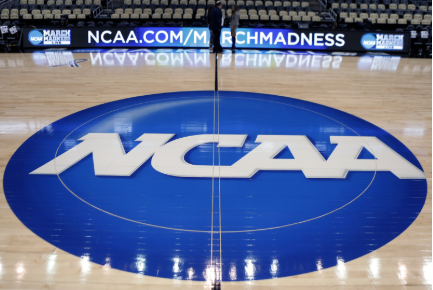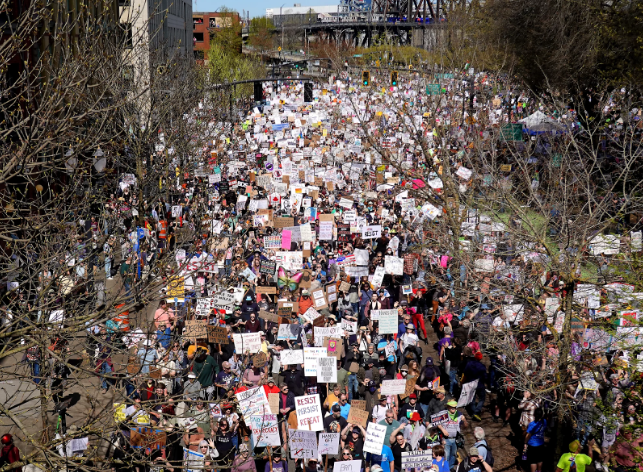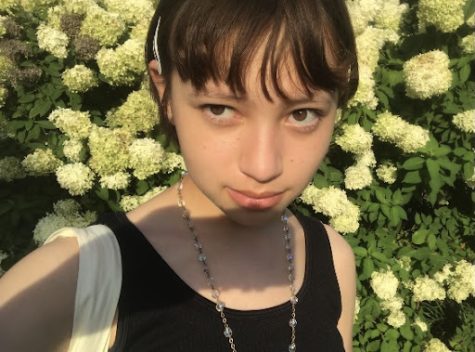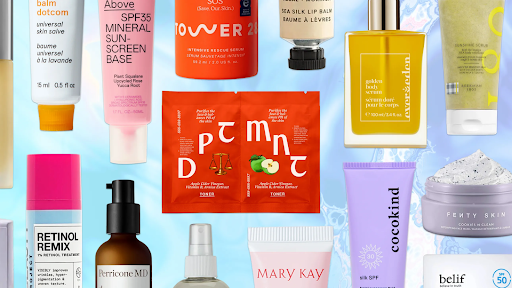
Creams, retinols, and face masks of every kind. Bundle all these together and you have the famed 10-step skincare routine that has entranced the internet in recent years. This elaborate beauty ritual has been marketed by companies and influencers as the ultimate gateway to perfect skin, but is this really a consumerist novelty, or worse, a harmful procedure for your face?
The 10-step skincare trend started in the U.S. in 2014, popularized by Korean-American entrepreneur and K-Beauty expert Charlotte Cho. It was around this time that brands like Sephora begun introducing Korean beauty products to the American masses, which undoubtedly helped the success of the 10-step regime (ironically, even though the trend is dubbed the 10-step Korean skincare routine, Cho openly admits that she created the trend and that it was never practiced in Korea).
Even though the process is not authentically Korean like it’s often advertised, the trend has still harnessed millions of views and consumer dollars, especially with a renewed interest in skincare during the pandemic era. Some praise the results so much that they follow the routine ritually, as seen in one TikTok by @naurrr2839, captioned “Me doing my 10 step skincare routine even when it’s 3 am and I’m about to collapse.” Another user @narniag08 commented on the effects of Korean skincare products, which are often used in the 10-step videos seen on social media: “Kbeauty is changing my skin… severe acne to no acne in three months and now just hyperpigmentation.”
The online prevalence of this trend reflects the increased skincare awareness amongst younger generations. Certain brands have profited exponentially from this, with skincare companies like Glossier and DrunkElephant garnering a dedicated fan base of millennials and Gen Z individuals. Aside from fueling the beauty economy, the trendiness of skin health could also have positive personal effects. A study from 2021 proved that “more children in middle and high school were wearing sunscreen” compared to previous years, which can help to decrease the risk of skin cancer.
However, when Cho pitched the 10-step skincare routine a decade ago, she presented it as 10 steps or products one could use in one’s skincare ritual, not necessarily suggesting to use them all at once. In contrast, the 10-step skin care routine we know today appears to be the opposite, with individuals lathering on many products in one sitting. With the definition of the routine entirely changed from Cho’s original vision, it raises a question to the trend’s legitimacy: is this modified version of the routine actually as beneficial as some portray it to be?
While many social media posts showcase the positive results of the routine, it could also have unwanted side effects. The popular method of using many products at once could overwhelm facial skin, leading to irritation and breakouts. Additionally, there’s no guideline as to which products should be used together. The regime varies greatly between individuals, and combining certain products could result in negative reactions. Board-certified dermatologist Dr. Marisa Garshick urged consumers to slowly transition new products into any skincare regime in order to test the effects of mixing ingredients. And of course, even if the 10-step routine is effective for certain skin types, many people can’t get around the time and financial commitment that comes with it.
Out of all of these downsides, the greatest threat of this multistep craze is posed towards tweens. Young teenagers have slowly joined the target audience of skincare brands, facilitated by social media advertising on platforms like TikTok. Tweens are exploring skincare more than ever, but their faces are not ready for the harsh retinols and acids that are often depicted in these 10-step rituals. In fact, some skincare companies have recently opened up about the issue, discouraging tweens from using their products. One such brand is Kiehl’s, which used the following caption on an Instagram post: “Things kids shouldn’t think about: taxes, mortgage rates and a 10-step skincare routine.” On the popular news show Today, dermatologist Dr. Marnie Nussbaum recommended that tweens opt for something sweet and simple like “cleanser, oil-free moisturizer, lip balm, and SPF.”
There’s no such thing as one skin type, so you can expect the 10-step skincare routine to have mixed results like any other beauty fad. However, even if you don’t follow the whole regime, the countless videos on this trend can help you explore new products and increase your skincare knowledge. It’s best to experiment and find a process that best fits your skin type, budget, and time, and keeping these restraints in mind can help you blend up your own perfect routine.














